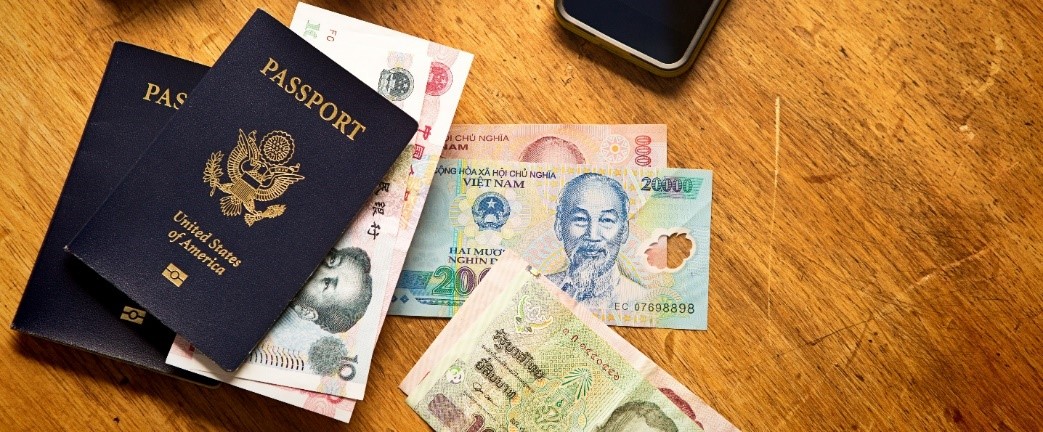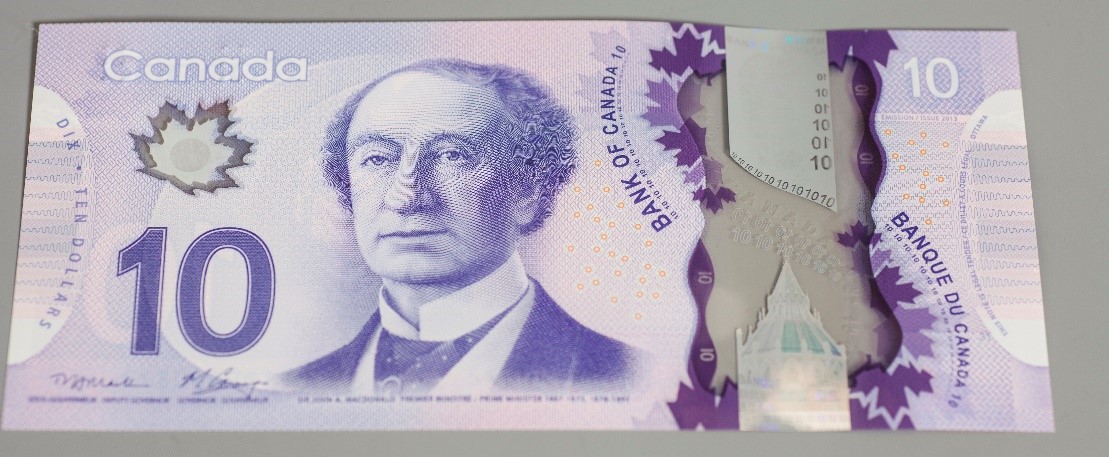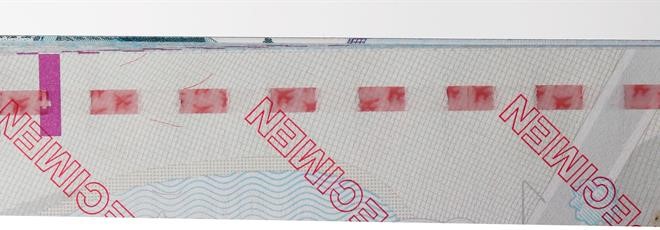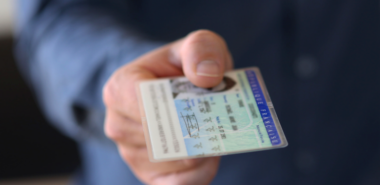
You may not know this but the passport and the banknotes that you carry in your wallet have a lot in common.
For over a decade, passport security has mainly focused on the electronic component embedded in the document, and, more recently, there’s been a growing adoption of polycarbonate data pages with unique security features.
However, it’s important not to overlook the continuing importance of a security-conscious approach to the paper elements of a passport’s design and production. We only have to look at how effective an approach such as this can be for banknotes to see why. For example, all euro banknotes can be verified using the “feel, look and tilt” method; as a result, Euro banknote counterfeiting has remained low. And while some counterfeiters around the world have taken advantage of recent developments in printing and copying, it’s clear to see banks, such as the Reserve Bank of Australia for example, are able to stay ahead of fraudsters by upgrading their banknotes with new security features.
After all, paper still makes up the bulk of our passports
Success ultimately lies in making it as complex, time-consuming and expensive as possible for forgers to copy or compromise a legitimate document. So, it’s no wonder that passport manufacturers, who are often banknote manufacturers, apply high security printing techniques that they use for banknotes and passports.
Let’s quickly review a few of those techniques.
Intaglio printing at your finger tips
Intaglio is a technique going back to the 15th century, creating a distinctive visual and tactile effect. It creates latent images that can only be seen at a particular angle. This unique effect is very difficult for counterfeiters to replicate: it requires specialized skills and dedicated equipment. Additionally, the Intaglio print has a distinctive feel to it and can be easily checked, simply by running a finger over the printed page.

There’s plenty of life left in the watermark
Another commonly used technique coming from banknotes is the watermark, a picture incorporated in the paper during its manufacturing. Watermarks are probably the most widely recognized security features of banknotes. They are best viewed by holding the document up to the light, or shining one through the paper, as the image appears as various shades of light and dark, caused by density variations in the paper. The watermark remains a key element of passport design.

Bank on see-through
‘See-through’ registration is a design motif made up of two parts. One image is printed on the front, the other in precise register on the reverse of the data page/visa page. Under transmitted light, both images become visible, creating a complete element. It is an effective protection against copying, since it requires a specific machine that is sold only to high security printers.
This enables printing simultaneously on both sides of the paper. Counterfeiters, in contrast, will need to print one side of a page before flipping it over and printing on the reverse. This results in a blurry image – fraudsters simply cannot achieve a perfect alignment with the equipment that is available to them. A good example of this security feature in action can be seen in Canadian banknotes.


A not so common thread
Security threads are a common feature in banknotes and are sometimes used in passports as well (see the picture from a Swedish passport below where a plane is moving when tilted). Just like those used in banknotes, these are embedded directly into the paper during manufacturing. They can be made from either plastic or metal, with customer-specific designs, and covered by the paper or “windowed” (i.e. visible on the surface of the window at regular intervals). Some advanced threads feature a visual effect whereby images are seen to be moving, when the thread is tilted.

The need for training
All the security features in the world are for nothing if the immigration officers can’t tell a false watermark or thread from a real one. In fact, in the UAE over 1,700 trained first-line officers pride themselves on their ability to accurately assess paper-based features such as watermarks.
Next time you look at your passport, take a look at some of those features I have described. Hold a visa page through the light to admire the watermark, run a finger over the Intaglio to feel the ink, appreciate the craftsmanship required to create such wonderful elements to protect our passports.
What do you think about the distinctive security features that banknotes and passports share? Let us know by tweeting to us @Gemalto or leaving a comment below.


